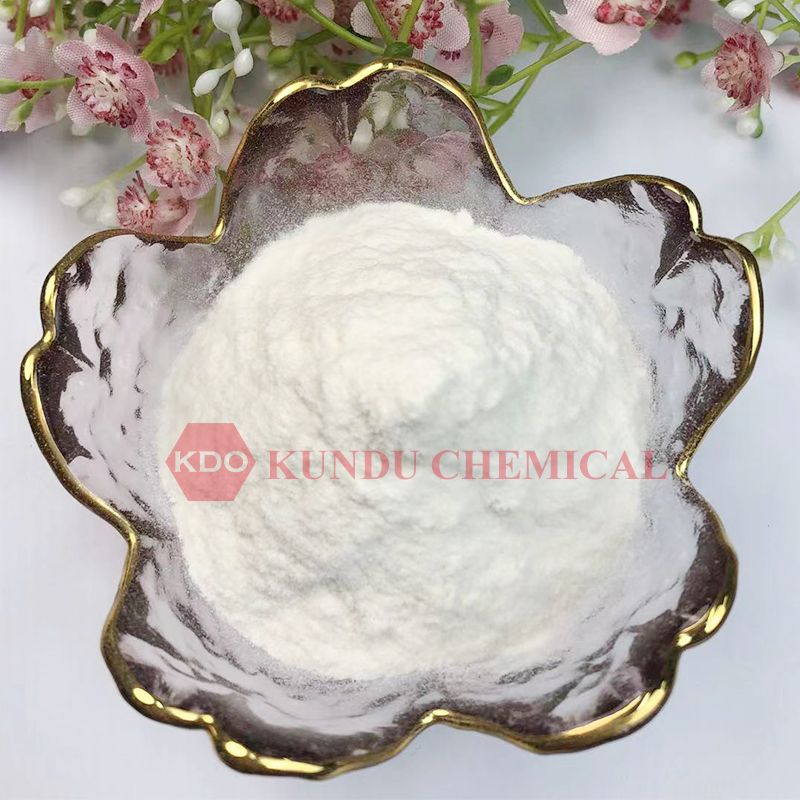Unlocking the Potential of Wood Cellulose Fiber: A Comprehensive Guide
Welcome to the world of Wood Cellulose Fiber, an incredible natural resource with a wide range of applications. In this comprehensive guide, we will delve deep into the realm of Wood Cellulose Fiber, exploring its properties, uses, and the impact it has on various industries. Let's embark on this enlightening journey together.

Wood Cellulose Fiber is a versatile and sustainable material derived from wood pulp. It consists of cellulose fibers obtained from wood through a series of chemical and mechanical processes. These fibers are incredibly fine, making Wood Cellulose Fiber an ideal candidate for various applications.
The Composition of Wood Cellulose Fiber
Wood Cellulose Fiber primarily consists of cellulose, hemicellulose, and lignin. However, cellulose is the dominant component, comprising up to 90% of the fiber. This high cellulose content is what makes Wood Cellulose Fiber so valuable.
Sustainable Sourcing
One of the key advantages of Wood Cellulose Fiber is its eco-friendly nature. It is typically sourced from sustainably managed forests, reducing its environmental footprint. This sustainable approach aligns perfectly with the growing demand for eco-conscious products.
Key Properties
Wood Cellulose Fiber boasts remarkable properties, including high tensile strength, biodegradability, and excellent absorbency. These properties make it suitable for a wide range of applications across various industries.
Applications of Wood Cellulose Fiber
In the Textile Industry
Wood Cellulose Fiber has made significant inroads into the textile industry. Its fine fibers make it an excellent choice for manufacturing soft and breathable fabrics. Additionally, it can be blended with other materials to enhance the durability and comfort of clothing.
In the Paper Manufacturing
The use of Wood Cellulose Fiber in paper production is well-established. It improves paper quality, enhances ink retention, and reduces the environmental impact of paper manufacturing by using a sustainable resource.
In Food Production
Wood Cellulose Fiber also plays a crucial role in the food industry. It is used as a food additive, serving as a thickening agent, stabilizer, and fat replacer in various food products.
In Construction
In the construction sector, Wood Cellulose Fiber is employed as a reinforcement material in concrete and plaster. It enhances the strength and durability of these materials while reducing the overall weight.
In Pharmaceuticals
Wood Cellulose Fiber is utilized in pharmaceuticals as a binder in tablet production. Its natural origin and biodegradability make it a preferred choice in drug formulation. contact KDOCEL
In Sustainable Packaging
With the global shift towards eco-friendly packaging, Wood Cellulose Fiber has gained prominence as an alternative to plastic. It is used to create biodegradable packaging materials, reducing plastic waste.
FAQs about Wood Cellulose Fiber
Is Wood Cellulose Fiber environmentally friendly?
Yes, Wood Cellulose Fiber is eco-friendly, as it is sourced from sustainably managed forests and is biodegradable.
Can Wood Cellulose Fiber be used in clothing?
Absolutely! Wood Cellulose Fiber is used in the textile industry to create soft and breathable fabrics.
How does Wood Cellulose Fiber benefit the paper industry?
Wood Cellulose Fiber improves paper quality, enhances ink retention, and reduces the environmental impact of paper production.
Is Wood Cellulose Fiber safe for use in food?
Yes, it is safe. Wood Cellulose Fiber is used in the food industry as a food additive and thickening agent.
What advantages does Wood Cellulose Fiber offer in construction?
Wood Cellulose Fiber reinforces materials like concrete and plaster, increasing their strength while reducing weight.
Can Wood Cellulose Fiber be found in pharmaceuticals?
Yes, it is used as a binder in pharmaceutical tablet production due to its natural origin and biodegradability.
评论
发表评论